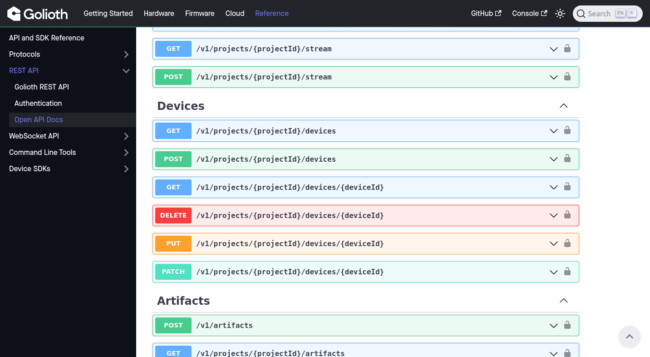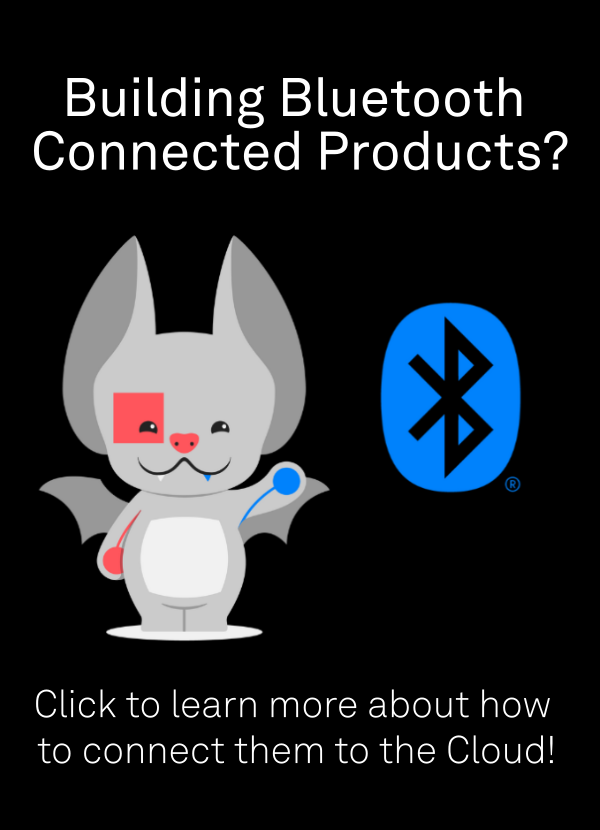Golioth makes it easy to work with the incoming data from your IoT fleet. How easy? Very Easy! But you don’t need to take our word for it… you can try it for yourself right now using our self-guided Golioth REST API training module.
The Golioth REST API is incredibly full-featured, unlocking all aspects of accessing data and controlling your IoT fleet from the cloud. This was no afterthought, everything that can be done from the Golioth web console is based on the API. Whether you want to perform some simple queries, deploy a new firmware update, or spin up you own custom app for device management, we’re ready for it!
This training is self-guided and available for everyone.
Getting to Know the Golioth REST API
If you browse the REST API in the Golioth Docs you’ll see there is a lot to take in. We added a REST API training module to help you get familiar with the basics. You will learn how to:
- Get a list of devices and status information from your fleet
- Query your sensor data
- Issue Remote Procedure Calls (RPCs) to control your devices
- View all of the REST API calls made by the Golioth Web Console as an example for more complex operations
This is the newest section of Golioth training. It builds on the Intro to Golioth module, which runs a pre-compiled binary on your choice of the nRF9260 DK or nRF7002 DK boards to send temperature sensor data to the cloud a few times a minute. Having a device sending live data means you will see device status and sensor data entries returned by your REST API queries.
Internet, Meet Things
Connecting your devices to the internet is only one piece of the IoT puzzle. How will you collect and store the data from your devices? How will timestamps be associated with that data? What does it take to send command and control information to your fleet? Golioth has already solved these problems, and we packaged that solution into a REST API from the start.
Get your IoT deployment up and running in days, not months. With our Dev Tier, your first 50 devices are free, so take the plunge and sign up now. Our self-guided training will jump-start the skills you need and we’re always available to answer questions and share advice in the Golioth forum.



No comments yet! Start the discussion at forum.golioth.io